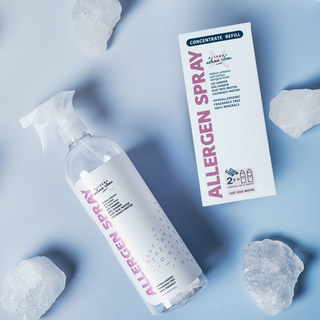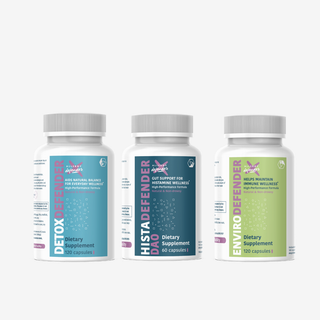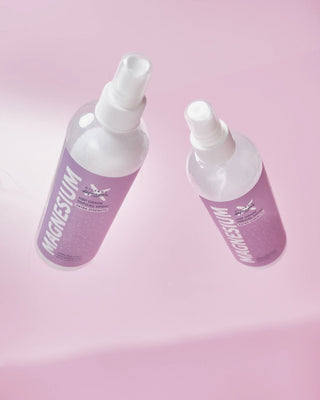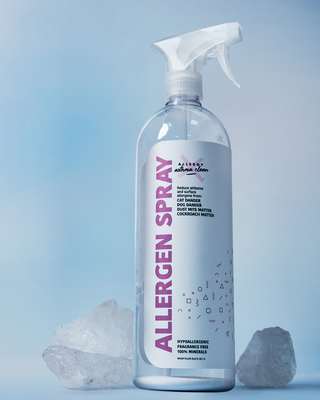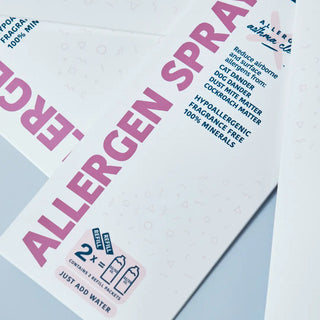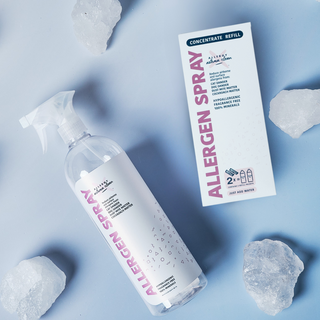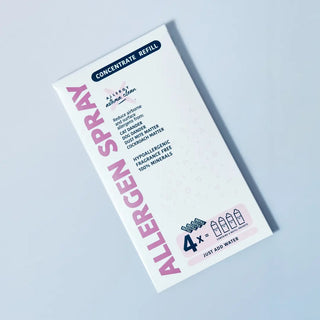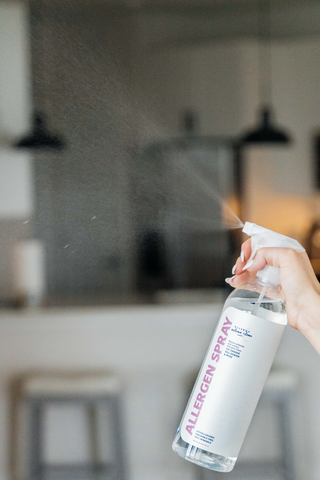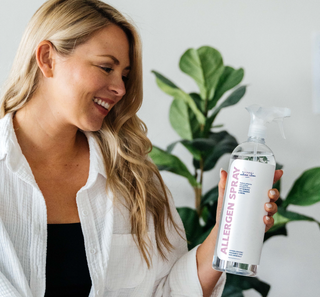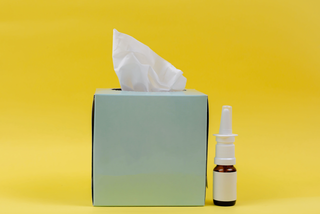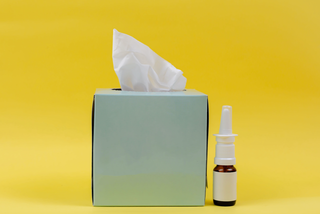TL;DR Volatile organic compounds (VOCs) easily evaporate at room temperature, found indoors and outdoors—EPA states indoor VOCs 10 times worse. Most products contain 17 VOCs on average; some react with ozone creating cancer-causing pollutants (formaldehyde, methylene chloride). VOCs arise from solids (air freshener gels), liquids (paint solvents), gases (carpet/furniture/cabinet off-gassing); can be odorous or odorless. Short-term symptoms: dizziness, skin irritation, fatigue, headaches (subside when VOC removed). Long-term effects: cancer, asthma, kidney damage, central nervous system harm. Most at risk: children, elderly, compromised immune systems. Reduce exposure: purchase small amounts, seal tightly, open windows frequently, refuse scented products. Example: mothballs contain 1,4-dichlorobenzene or naphthalene (both VOCs).
Key Takeaways:
- VOCs defined and prevalence – volatile (evaporate room temperature), organic (contain carbon); EPA: indoor levels 10 times worse than outdoors; most products contain 17 VOCs average; some create cancer-causing formaldehyde and methylene chloride
- VOCs from multiple sources – solids (air freshener gels evaporating), liquids (paint solvents), gases (carpet, upholstered fabric, pressboard furniture/cabinets off-gassing); odorous or odorless; thousands of VOC-emitting products
- Short-term symptoms reversible – dizziness, skin irritation, fatigue, headaches appear with exposure; symptoms subside when offending VOC removed from environment
- Long-term health effects severe – cancer, asthma development, kidney damage, central nervous system harm from prolonged exposure according to studies
- High-risk populations – children, elderly, compromised immune systems especially vulnerable; everyone benefits from reduced exposure due to other environmental toxins (endocrine disruptors, heavy metals) bombarding systems
- VOC reduction strategies – purchase small amounts of VOC-containing products, seal tightly after opening, open windows frequently for ventilation, refuse purchasing scented products to protect health; example: mothballs contain 1,4-dichlorobenzene or naphthalene VOCs
Do You Know Scented Products Could be Making You Sick?
My mother-in-law had them everywhere, in drawers, and every closet. The smell was awful. When we began living with her, we finally had to say something….
Attack of the VOC
That stinky odor that was lurking in all the bedrooms of her house was a volatile organic compound or VOC. Volatile means it easily evaporates at room temperature. Organic means they contain carbon. VOCs are found both indoors and out. According to the Environmental Protection Agency (EPA), VOCs are about 10 times worse indoors.
Most products contain not one or two VOCs but 17 on average! In some cases, these VOCs react to the ozone in the air to create cancer causing air pollutants such as formaldehyde and methylene chloride.*
What’s lurking in your home?
VOCs can arise from a solid, liquid or gas. They can be odorous or odorless. Air freshener gels are a solid and evaporate into the air. Paint is a liquid, made of pigment for color, a binding agent and a solvent. This solvent is a VOC. You smell the paint fumes. Gases that we don’t smell could include off gassing of carpet, upholstered fabric or pressboard furniture or cabinets. The number of VOC emitting products is in the thousands.
Number of short-term symptoms
Because indoor air pollution is high, VOCs can have short and long term health effects. Dizziness, skin irritation, fatigue, headaches are a few of the short-term problems. Remove the offending VOC and these symptoms subside.
Long-term damage
Cancer, asthma, kidney and central nervous system harm are some of the possible long-term effects of exposure to VOCs according to studies.
Ways to reduce VOCs
If you have to purchase a product with a VOC, purchase a small amount of the offending product, and once opened, seal tightly. Open windows frequently. Refuse to purchase products with scents. Your health could be at risk.
Who is most at risk?
VOCs especially are a concern for children, the elderly, those with compromised immune systems. If you don’t fall into anyone of these groups, doesn’t mean you’re home free. There are so many other substances that are bombarding our system (endocrine disruptors or heavy metals), that anything we can do to lessen our exposure will benefit our health.
The offending substance at my mother-in-laws?
Mothballs. Did you know they could contain 1,4-dichlorobenzene or naphthalene? Both VOCs.
*From an article by Carol Potera in Environmental Health Perspectives. 2011 January titled INDOOR AIR QUALITY: Scented Products Emit a Bouquet of VOCs

